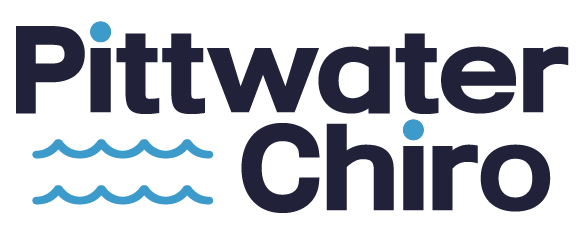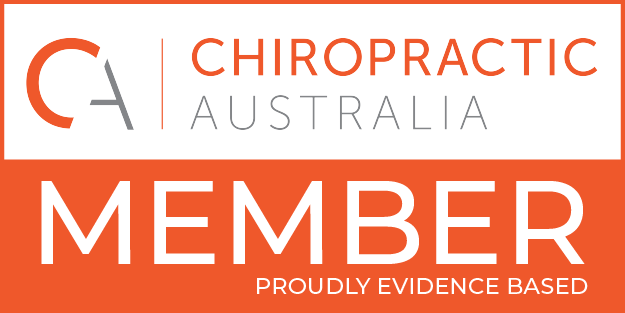In the realm of alternative therapies, dry needling has gained increasing recognition. Dry needling is an effective and minimally invasive method for relieving pain and restoring optimal physical function. Rooted in ancient acupuncture principles, dry needling has evolved into a contemporary treatment. Its potential benefits extend far beyond pain relief. We’ll delve into what dry needling is, explore its numerous benefits, and highlight the various conditions it can help address.
What is Dry Needling?
Dry needling is a therapeutic technique that involves the insertion of fine, sterile needles into specific trigger points or tight knots in muscles, fascia, or connective tissues. The term “dry” distinguishes it from “wet needling,” which may involve injecting substances like corticosteroids or anesthetics. For more information on medications for low back pain, read our blog.
Benefits of Dry Needling
1. Pain Relief: Perhaps the most significant benefit of dry needling is pain relief. By targeting and deactivating trigger points, can alleviate pain, including that stemming from muscle strains, injuries, or myofascial pain syndromes.
2. Improved Range of Motion: Dry needling can enhance your range of motion by releasing muscle tension and knots. This can be particularly beneficial for athletes, individuals recovering from injuries, or those struggling with conditions like frozen shoulder.
4. Faster Recovery: Whether you’re recovering from an injury or surgery, dry needling can expedite the healing process. It does this by promoting blood flow and the delivery of nutrients to the affected areas.
5. Reduced Headaches: Chronic headaches, including tension and migraine headaches, can be linked to muscle tension in the neck and shoulders. Dry needling in these areas can provide relief.
6. Chronic Pain Management: For those living with conditions like fibromyalgia, dry needling can be an integral part of a multidisciplinary approach.
7. Neuromuscular Re-Education: Dry needling can re-educate the neuromuscular system. It improves muscle activation patterns and addresses issues like muscle imbalances and poor posture.
What Can Dry Needling Help With?
Dry needling can assist in addressing a wide range of conditions, including:
– Muscle Pain: Myofascial pain syndrome, muscle strains, and tight knots.
– Joint Issues: Conditions like arthritis or injuries that impact joint function.
– Sports Injuries: It is commonly used in the treatment and prevention of sports-related injuries.
– Chronic Pain: Conditions like fibromyalgia and chronic lower back pain.
– Headaches: Especially tension-type headaches or migraines related to muscle tension.
In conclusion, dry needling offers a promising path to pain relief, enhanced mobility, and improved muscle function. In addition, its versatility in addressing various conditions, coupled with its minimally invasive nature, makes it an attractive choice for those seeking an effective and drug-free approach to improving their physical well-being.
By Dr Jess Milsom (B.Chiro Sc, M.Chiropractic)







